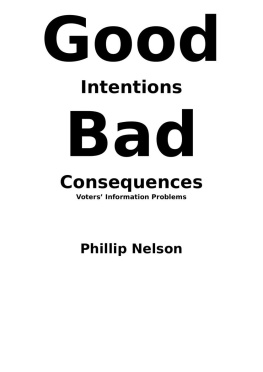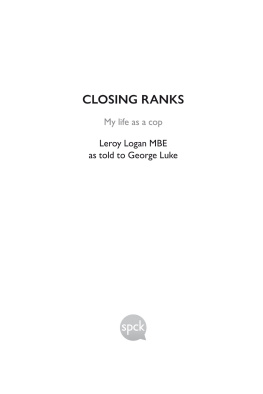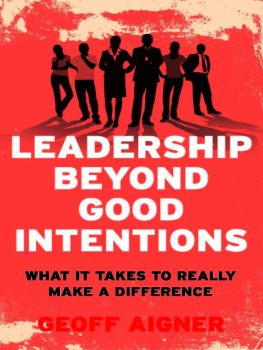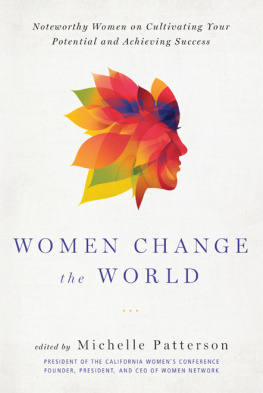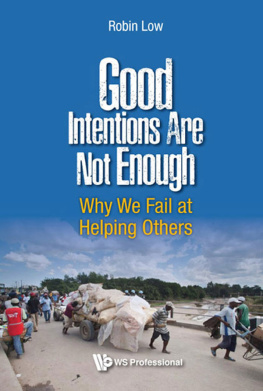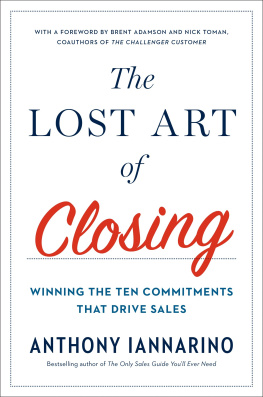Michelle MiJung Kim - The Wake Up : Closing the Gap Between Good Intentions and Real Change
Here you can read online Michelle MiJung Kim - The Wake Up : Closing the Gap Between Good Intentions and Real Change full text of the book (entire story) in english for free. Download pdf and epub, get meaning, cover and reviews about this ebook. year: 2021, genre: Home and family. Description of the work, (preface) as well as reviews are available. Best literature library LitArk.com created for fans of good reading and offers a wide selection of genres:
Romance novel
Science fiction
Adventure
Detective
Science
History
Home and family
Prose
Art
Politics
Computer
Non-fiction
Religion
Business
Children
Humor
Choose a favorite category and find really read worthwhile books. Enjoy immersion in the world of imagination, feel the emotions of the characters or learn something new for yourself, make an fascinating discovery.

- Book:The Wake Up : Closing the Gap Between Good Intentions and Real Change
- Author:
- Genre:
- Year:2021
- Rating:4 / 5
- Favourites:Add to favourites
- Your mark:
- 80
- 1
- 2
- 3
- 4
- 5
The Wake Up : Closing the Gap Between Good Intentions and Real Change: summary, description and annotation
We offer to read an annotation, description, summary or preface (depends on what the author of the book "The Wake Up : Closing the Gap Between Good Intentions and Real Change" wrote himself). If you haven't found the necessary information about the book — write in the comments, we will try to find it.
The Wake Up : Closing the Gap Between Good Intentions and Real Change — read online for free the complete book (whole text) full work
Below is the text of the book, divided by pages. System saving the place of the last page read, allows you to conveniently read the book "The Wake Up : Closing the Gap Between Good Intentions and Real Change" online for free, without having to search again every time where you left off. Put a bookmark, and you can go to the page where you finished reading at any time.
Font size:
Interval:
Bookmark:
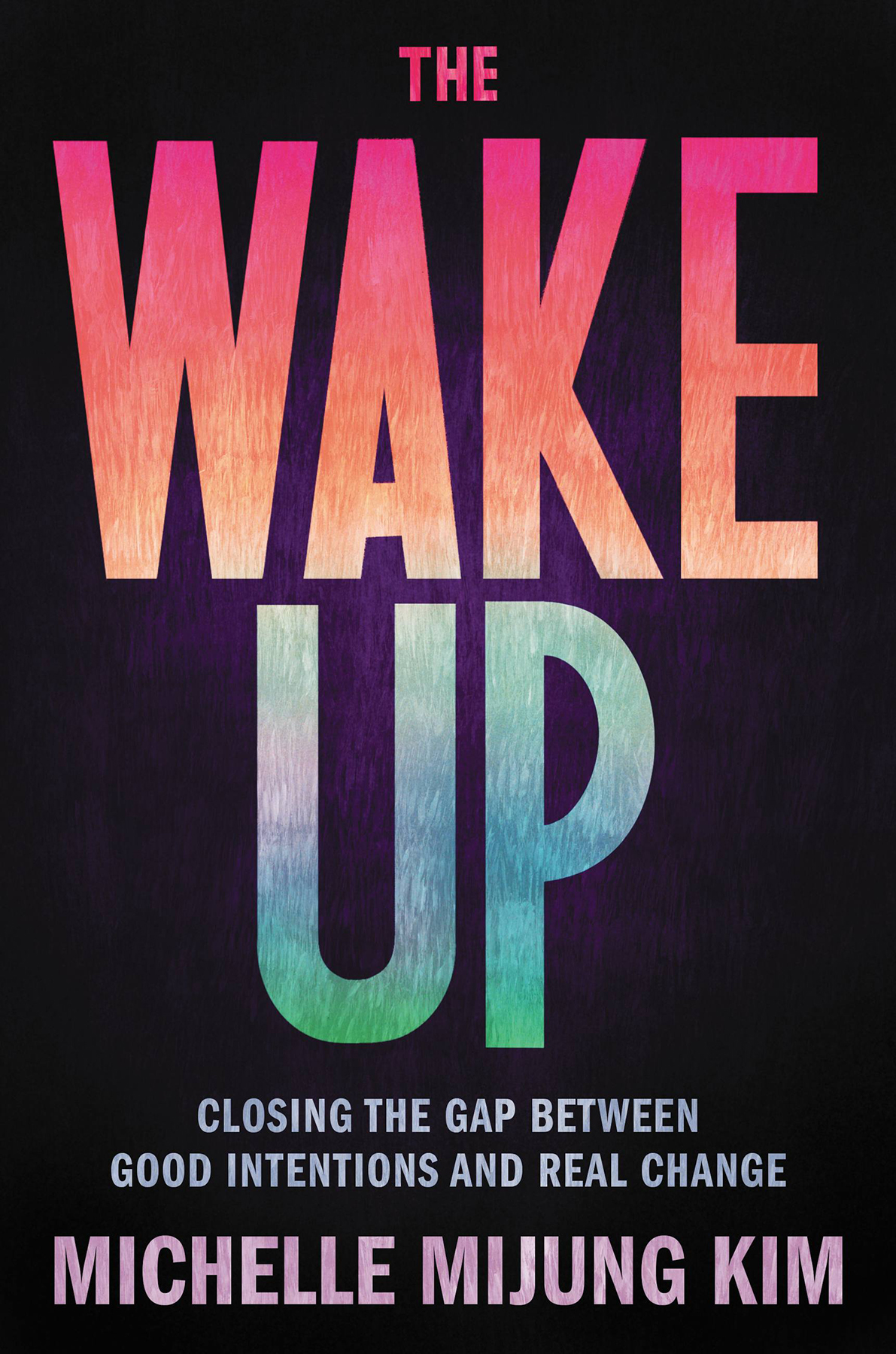
Copyright 2021 by Michelle MiJung Kim
Cover design by Na Kim
Cover copyright 2021 by Hachette Book Group, Inc.
Hachette Book Group supports the right to free expression and the value of copyright. The purpose of copyright is to encourage writers and artists to produce the creative works that enrich our culture.
The scanning, uploading, and distribution of this book without permission is a theft of the authors intellectual property. If you would like permission to use material from the book (other than for review purposes), please contact permissions@hbgusa.com. Thank you for your support of the authors rights.
Hachette Go, an imprint of Hachette Books
Hachette Book Group
1290 Avenue of the Americas
New York, NY 10104
HachetteGo.com
Facebook.com/HachetteGo
Instagram.com/HachetteGo
First Edition: September 2021
Hachette Books is a division of Hachette Book Group, Inc.
The Hachette Go and Hachette Books name and logos are trademarks of Hachette Book Group, Inc.
The publisher is not responsible for websites (or their content) that are not owned by the publisher.
Editorial production by Christine Marra, Marrathon Production Services. www.marrathoneditorial.org
Library of Congress Control Number: 2021941863
ISBNs: 978-0-306-84720-2 (hardcover); 978-0-306-84721-9 (ebook)
E3-20210826-JV-NF-ORI
To Grandpa.
We did it!
I love you. I miss you.
A few years ago, I attended a training on convergent facilitation offered by Bay Area Nonviolent Communication. Despite my excitement, I was late. I could blame the ever-so-cautious Lyft driver, but really, I can only blame my social anxiety that desperately wanted to avoid casual networking before the session started. When I arrived, I found myself staring at a packed, quiet, and attentive room filled with fifty or so eager learners inside a church-turned-lecture-hall with fantastic acoustics. Why is it that when you want to be invisible, your presence becomes the loudest? All of a sudden, I was a scattered, clumsy Hulk destroying everything on my way to the last empty chair in the middle of the room, hitting peoples faces with my oversized bag, dropping my phone, making way too much noise, and hoping nobody could see me. Sorry. Oh, oops, gosh, are you OK? Im so sorry. I tried to act nonchalant, but my face was already burning with red-hot shame from the stares of the annoyed on-timers.
Just when I thought I was in the clear with my butt in the chair, the facilitator, as any excellent facilitator would, decided to name the awkwardness we were all trying to bypass. What should we do with latecomers? she asked the group. I smiled unnaturally while cursing myself in my head. Glare! someone shouted out. Others chuckled, and I sank deeper into my chair. The facilitator smiled gently and asked, softly but with weight, And what does that achieve? The room fell silent, and the energy shifted. No one was laughing anymore. Uh make them feel bad for being late, the person answered tentatively. Right what else can we do? Other hands went up. Different, more compassionate answers started flowing in. Pull them aside and catch them up on where we are. Share notes with them during the break. I let out a silent sigh of relief and pulled out my notepad. The class had begun.
In 2017, I cofounded a diversity, equity, and inclusion (DEI) education company called Awaken out of frustration that so much of corporate diversity training is whitewashed and white-led, ahistorical yet outdated, and lacking ties to the broader movement toward social justice. As a team of majority queer people of color, we set out to deliver experiential DEI workshops more relevant to the times while creating compassionate space for critical dialogues with people across a wide spectrum of awareness and identities. To date, Ive spent an estimated 2,500 hours on discovery calls with organizations across all industriestech, media, nonprofit, government, education, health careand countless more hours facilitating workshops and the conversations inside them. Ive been face-to-face with thousands of people having what many call uncomfortable conversations, learning where and why people get stuck and identifying the most common missing links that hinder us from moving together.
At one workshop, a middle-aged white man entered the room and said, Well, this is going to be a giant waste of my time! Most of our workshop participants arent as honest or incensed as this man who wasnt afraid to let everyone know his true feelings about the mandated diversity training as part of the companys renewed commitment toward diversity. In fact, most people we meet tend to be outwardly eager and curious, indifferent (or checked out), or quietly skeptical: there are those who are keen to connect at a deeper level right away, sharing their raw emotions with an admirable level of vulnerability, while others quietly observe with a learned dose of cautiousness. Some express shock and exaggerated disgust at examples of overt forms of racism and sexism, while others share their lack of surprise given the sobering realities theyve lived through. Some ask questions out of genuine curiosity, while others feel exhausted by the elementary level of awareness that has remained stagnant despite escalating violence. Some express hope and excitement for the future, while others roll their eyes in cynicism from the repeated pattern of broken promises and disappointment.
Over and over, Ive watched diverse groups of people come together in search of solidarity only to find themselves on completely different pages. Many of us believe that denouncing the same evil puts us on the same team, but why doesnt it feel like it? When we gather, despite our shared condemnation of various social injustices, the subtle yet pronounced ways we are misaligned become quickly evident. As we speak over and around one another using similar words but with drastically different definitions and contexts, our disparate beliefs and survival reactions are inches away from crashing into one another. Marginalized peoples anger, hurt, cynicism, and disappointment are palpable, as are feelings of fear, shame, confusion, and anxiety coming from well-intentioned people desperately wanting to catch up and be part of the solution. The temptation for people to throw their hands up and go about living their individual lives is substantial, not just for people with privileges to disengage but also for people who are exhausted by the continued cycles of harm and misalignment too. Our misalignment is costly, and our ability to connect with one another is in urgent need of inspection and serious repair.
So, if simply denouncing injustice is not enough to connect you and me, what holds us together?
The speed at which multiple cycles of trauma are being refreshed every day calls for me to dive deeper into the waters, below the loudly crashing waves of reactive motion, into the quiet and steady place of groundedness. In that space of internal calm, Im reminded to recall the principles that have guided me through the toughest of times since I first became politicized at the age of eighteen. These grounding principlesones Ive learned, shared, and practiced in my own life and with thousands of people to catalyze meaningful changeare what Ill unpack throughout this book. The language of social justice and the latest list of cultural faux pas will continue to evolve, but what Im striving to share with you are the things that wont change with the latest news cycle: the fundamentals of the work that will help you create your own list of action items no matter the context, anchor you to be critical in your understanding and approaching of any situation, and enable us to move together to create social change.
Font size:
Interval:
Bookmark:
Similar books «The Wake Up : Closing the Gap Between Good Intentions and Real Change»
Look at similar books to The Wake Up : Closing the Gap Between Good Intentions and Real Change. We have selected literature similar in name and meaning in the hope of providing readers with more options to find new, interesting, not yet read works.
Discussion, reviews of the book The Wake Up : Closing the Gap Between Good Intentions and Real Change and just readers' own opinions. Leave your comments, write what you think about the work, its meaning or the main characters. Specify what exactly you liked and what you didn't like, and why you think so.

